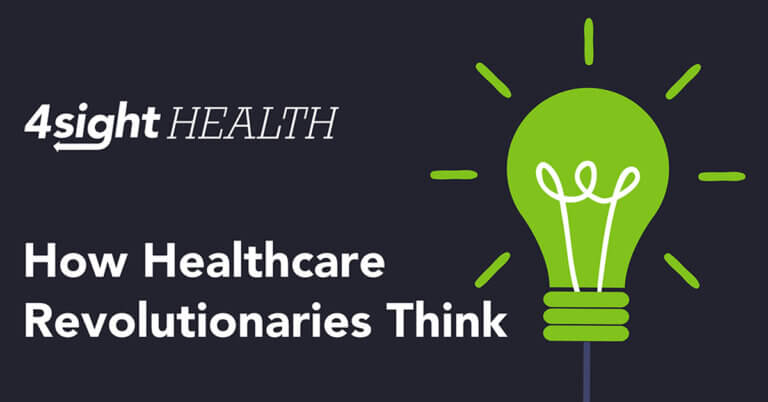June 25, 2025

A Lesson in Aligned Incentives
For more than 40 years, I’ve heard about the healthcare industry’s need to “align incentives” among its various sectors — mostly the provider and payer sectors — if we want to reduce costs, expand access and improve quality.
The fact that we haven’t done it in more than four decades tells me that it’s all but impossible like cold fusion or a perpetual motion machine.
Well, a new study in JAMA Network Open tells me that aligning incentives is possible. But there’s a catch.
Here’s how it could work, according to four researchers affiliated with Los Angeles Medical Center and the UCSF School of Medicine. Their economic model is based on a retrospective analysis of 876 patients who received acute care through an all-virtual hospital-at-home program at the medical center in 2022 and 2023. They compared the revenue and cost of treating those patients with a matched set of 1,590 patients who received acute care in a traditional inpatient care setting.
To summarize the extremely complicated analysis, the hospital-at-home program saved so much money, primarily by cutting reimbursable inpatient bed days, it actually lost money. The revenue from payers for inpatient bed days fell below the hospital-at-home program’s expenses.
For the program to break even, payers would have to reimburse the program at 50% to 60% of what it would normally pay for a traditional inpatient stay even though the program’s reimbursable costs were substantially below that level. In short, payers would pay less than usual but more than they need to keep the program viable.
By aligning incentives, patients would have access to a less expensive acute-care setting — their home — with better outcomes as the likely result. Everybody wins.
That is, except for the provider executive who pitches the idea to break even and the payer executive who recommends their health plan pay more for less. They’d both be out of work pretty quickly.
Healthcare is a business, and businesses exist to make money for their owners. Aligning incentives can work in healthcare, as this study demonstrates, but it will never happen, as this study also demonstrates.
Thanks for reading.





